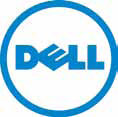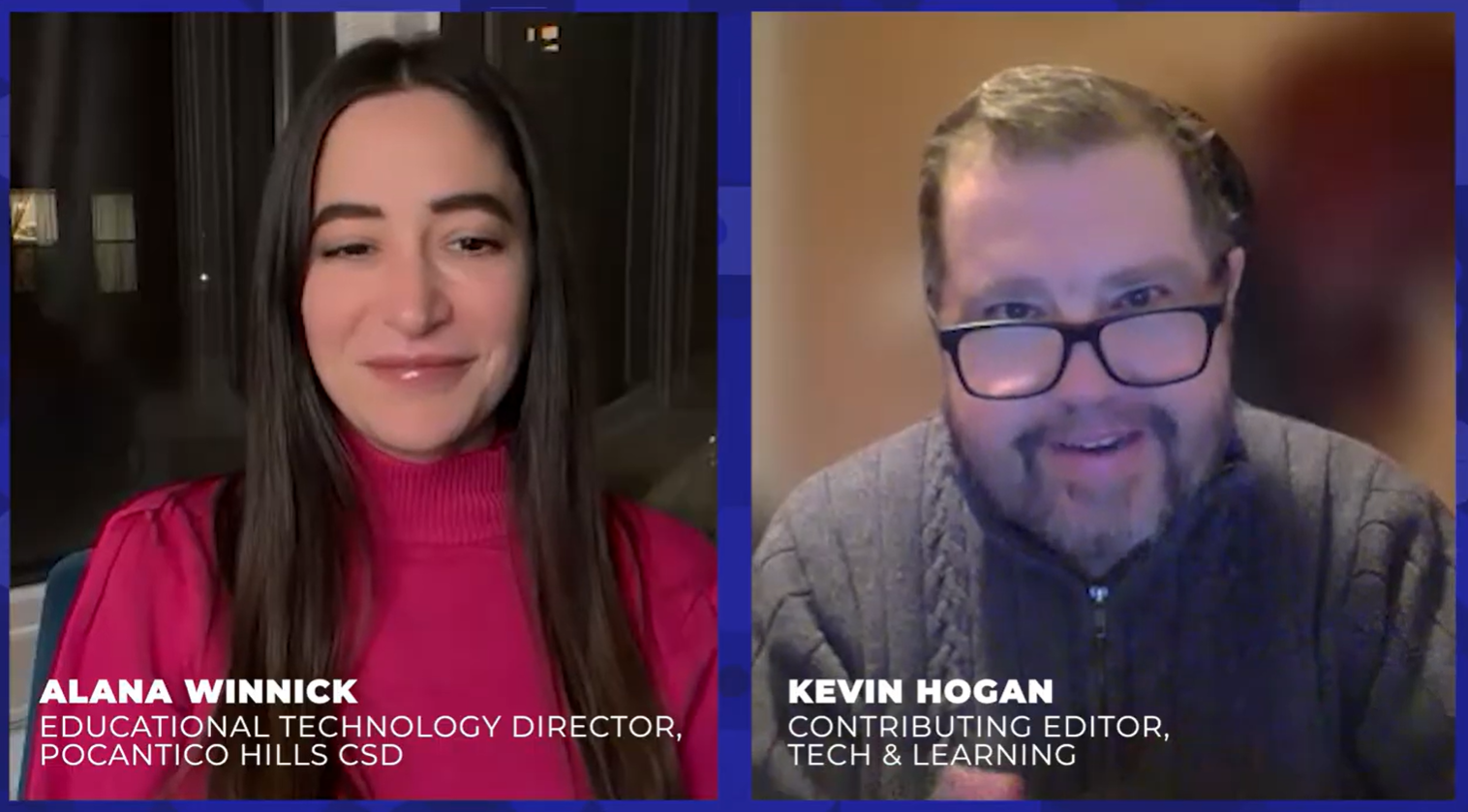The Long Review, March 2011

Too often reviews of edtech fall short of reality. Sure, speeds and feeds are important things to consider, but how does this stuff work in the real world? T&L will try to answer that question this school year, when our editors follow the stakeholders at Village Charter School in Trenton, New Jersey, as they implement Pearson’s SuccessMaker software on a 40-seat Dell PC desktop network.
Trying to gauge the value of a company’s customer service is probably the most difficult aspect of the Long Review. Merely having an 800 number doesn’t cut it. Marketing spiel about building relationships and brokering partnerships sounds great, but what does that mean eight months into a program, long after the honeymoon is over?
For Village Charter School head Leigh Byron, the best customer service actually feels like none at all. “In all honesty, I can’t recall a time when the dam broke and we needed reinforcements to come swooping in,” he says. “I can’t come up with some anecdote that speaks to that idea, because so far our needs have been anticipated and met before they became needs.”
Byron credits both Pearson and Dell with having what could be termed preventive customer service. He recalls being advised by both companies, during the first stages of the implementation, about how to avoid pitfalls—things like having improperly wired labs and not understanding hardware requirements. He also says there was continuous communication with account representatives as well as with Pearson’s curriculum specialist. These people meet with staff at Village in person at least once a month and are in touch via email, texting, and phone. Byron likes being on the receiving end of the relationship. “It’s very much like the dynamic a school needs to have with parents,” he says. “You don’t want to be calling them only when there is a problem with their children.”
Another key aspect of customer service that the Village administration has discovered is that the team behind each technology provider must have good relationships among themselves as well as a strong rapport with whichever third-party consultant the client uses. This may be another reason Byron can’t recall complaints: The phone calls about a broken keyboard (reported by one of the reviewer’s firstgrade students) and a cracked screen, for example, probably never reach his desk, nor should they.
Finally, the Village administration has been pleased with what could be described as future service. Now that the Long Review venture has succeeded, Village is gearing up to implement a one-to-one project. As part of its commitment to form relationships with customers, Dell has introduced the school to third-party developers, like MoodleRooms, that can help shape the strategy.
Of course, while it is understood that Village may have more attention paid to it by its partners as a result of its participation in this special experiment (there has been no cost to Village for the first year), Byron doesn’t believe that any company could create this sort of dynamic on the fly. “To achieve that preventive, continuous, and future service makes these companies the gold standard to which all other services should be compared,” he says.
Tools and ideas to transform education. Sign up below.
